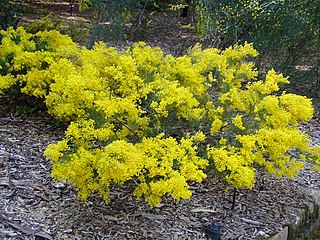
Acacia meiantha is a species of flowering plant in the family Fabaceae and the subgenus Phyllodineae that is endemic to a small area in eastern Australia. It was listed as Endangered in 2018 according to the Environment Protection and Biodiversity Conservation Act 1999.
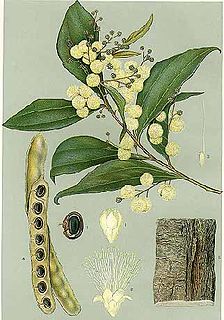
Acacia binervata, commonly known as two-veined hickory, is a shrub or tree that is endemic to eastern Australia.

Acacia prominens is a shrub or tree in the genus Acacia native to New South Wales, Australia.

Acacia obliquinervia, known colloquially as mountain hickory or mountain hickory wattle, is a species of Acacia that is endemic to south eastern Australia.

Acacia caesiella, commonly known as tableland wattle, bluebush wattle or blue bush, is a shrub or small tree that is endemic to eastern Australia.
Acacia sulcaticaulis, also commonly known as the Mount Mulgine fluted wattle, is a shrub or tree belonging to the genus Acacia and the subgenus Juliflorae that is native to a small area in western Australia.

Acacia georgensis, commonly known as Bega wattle or Dr George Mountain wattle, is a species of Acacia native to southeastern Australia. It was one of eleven species selected for the Save a Species Walk campaign in April 2016 when scientists walked 300 km to raise money for collection of seeds to be prepared and stored at the Australian PlantBank at the Australian Botanic Garden Mount Annan.

Acacia subtilinervis, also known as the net-veined wattle, is a rare wattle in the Juliflorae subgenus found in eastern Australia.

Acacia arafurica is a shrub belonging to the subgenus Phyllodineae of the genus Acacia in the family Fabaceae. It is endemic to the Northern Territory, Australia.

Acacia juncifolia, commonly known as rush-leaf wattle, is a shrub or tree belonging to the genus Acacia and the subgenus Phyllodineae that is endemic to north eastern Australia.

Acacia obtusata, commonly known as blunt-leaf wattle or obtuse wattle, is a tree or shrub belonging to the genus Acacia and the subgenus Phyllodineae native to eastern Australia.

Acacia pedina is a tree or shrub belonging to the genus Acacia and the subgenus Phyllodineae native to eastern Australia.
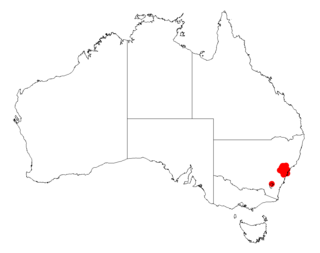
Acacia saliciformis is a shrub or tree belonging to the genus Acacia and the subgenus Phyllodineae native to eastern Australia.
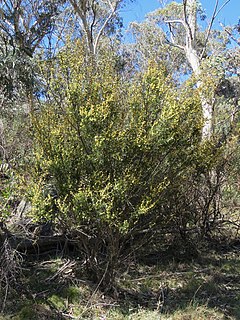
Acacia siculiformis, commonly known as dagger wattle, is a shrub belonging to the genus Acacia and the subgenus Phyllodineae native to south eastern Australia.

Acacia kydrensis, commonly known as Kydra wattle, is a shrub of the genus Acacia and the subgenus Phyllodineae that is endemic to south eastern Australia.

Acacia blakei, commonly known as Blake's wattle or Wollomombi wattle, is a shrub belonging to the genus Acacia and the subgenus Juliflorae that is native to north eastern Australia.

Acacia cataractae is a shrub belonging to the genus Acacia and the subgenus Juliflorae that is native to northern Australia.
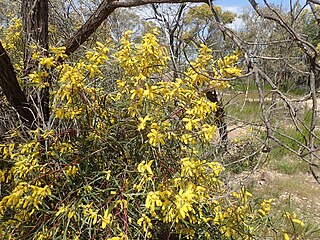
Acacia doratoxylon, commonly known as currawang, lancewood, spearwood or coast myall, is a shrub or tree belonging to the genus Acacia and the subgenus Juliflorae that is native to eastern and south eastern Australia.

Acacia gracilenta is a shrub belonging to the genus Acacia and the subgenus Juliflorae that is native to north Australia.

Acacia striatifolia is a shrub or tree belonging to the genus Acacia and the subgenus Juliflorae that is native to north eastern Australia.



















